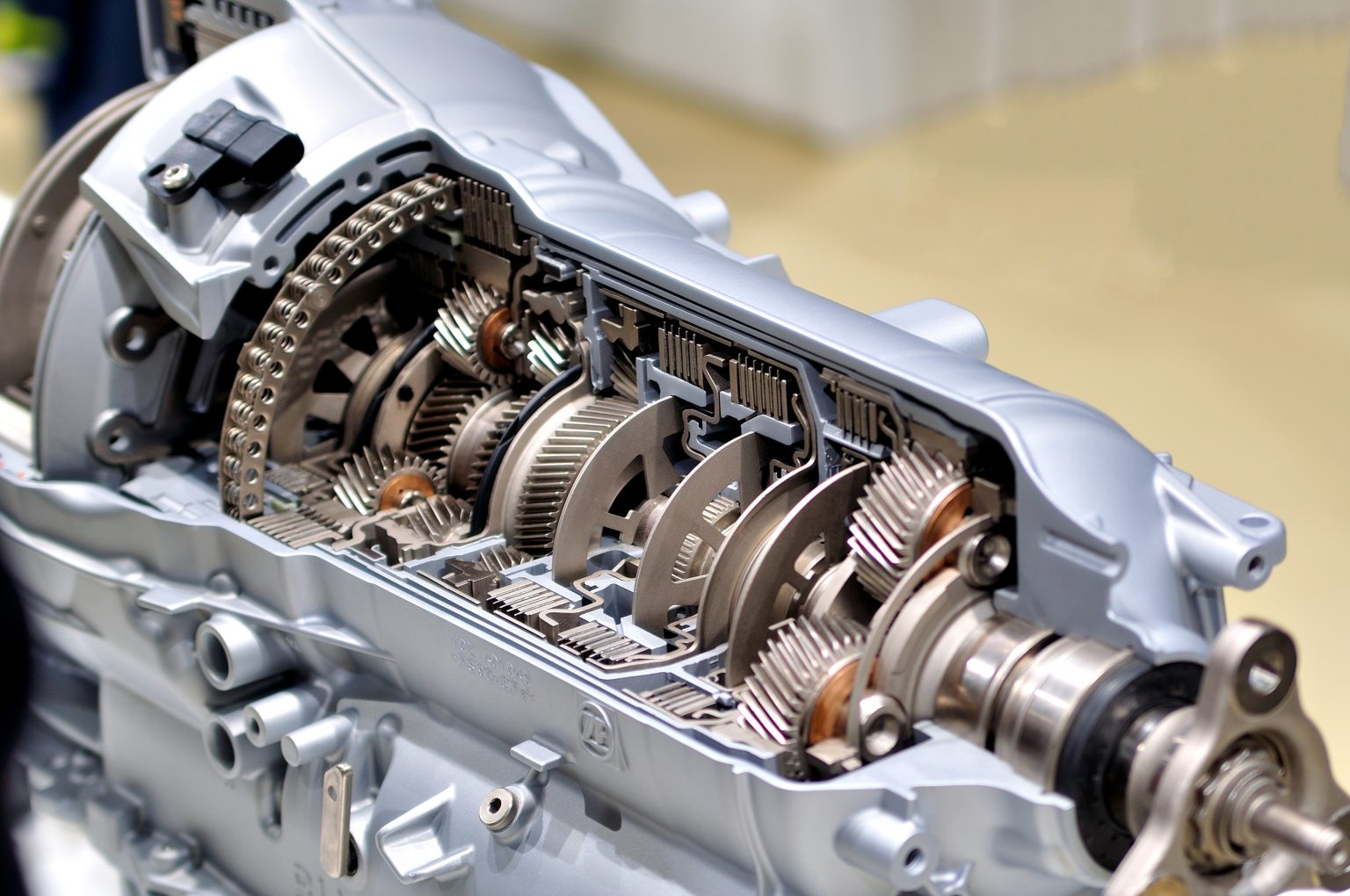How To Spot Car Transmission Troubles
Although car transmission problems can be very troubling, they are not something to worry about. It’s possible to spot these problems early and fix them before they cause damage to your vehicle or cost you a lot of money. This article will show you how to identify transition problems and keep your vehicle running smoothly.
What is a Car Transmission?
Transmission is the component of your car’s engine that converts power into torque. The force that causes all rotations in your car engine is called torque. It ensures your car moves along the roads. There won’t be any torque force without a transmission, so your car won’t move one inch. Every vehicle owner should have a transmission. You can check the following symptoms to identify potential transmission problems.
1.Slippery gears
Slippery gear can indicate that your car’s transmission is having problems. Your car’s transmission duty is to monitor the gear changes. If a gear shift occurs involuntarily, it is a sign that your transmission may be weakening. Involuntary shifts to neutral are a common problem with gears. This would affect acceleration and declaration. This is an indication that the transmission is sliding.
2.Engine Light
The engine lights are a good indicator of the engine’s health. These lights will flash continuously after you have examined other problems. This could indicate a problem with your transmission. To be certain, have a technician inspect your engine lights.
3.Burning Smell
You should immediately have your car checked if you smell a burning sensation. This could indicate that your transmission may be defective. A burning sensation is often a sign that your transmission has been burned or overheated. To prevent any further damage, it is important to immediately check the situation.
4.Leaky Fluids
Your car’s fluids should be kept inside. Any fluid leaking from your vehicle is a problem. If the fluid is reddish-colored and smells good, it could be your transmission fluid. Your mechanic should be contacted immediately to inspect for any possible leaks.
5.Unusual Noises
Cars emit a specific noise, which is typically very regular and smooth. If you hear a louder noise than this, it could indicate a problem in your transmission. This could be something as simple as a low level of transmission fluid. It could also be a serious issue such as worn bearings and gear teeth. It is important to know that if you hear strange sounds it is time for your transmission to be checked.
6.Bad Torque Converter
Sometimes the problem may be in an area you don’t know about. The torque converter is an example of this. If the torque converter is defective, it can be used to make a slipping transmission. The torque converter connects directly with the car’s engine. If you see a shifting transmission, it could be the torque converter.
7.Wear and Tear
Your car’s transmission is not a permanent fixture. Your transmission will also be affected if you have used your car for a while. Although you may have been a diligent user, who took good care of your car and your transmission, it is possible that you were a responsible and careful driver. But, over time, the transmission will wear out and eventually, all its components will fail.
8.Draggy Clutch
Transmission problems can also indicate a draggy clutch. A draggy clutch is caused by a failure of the clutch disk to be disengaged from the flywheel. This can cause the car to move during gear shifting and gears will clash. This could indicate a transmission problem.
9.Transmission Oil Issues
Other than leakages, other problems could be caused by your transmission oil. The level of your transmission oil is one of the possible causes. Low levels can mean that your transmission oil is not sufficient. You will need to replenish your transmission oil. You might also find that your oil is old and unable to do its job. To keep your vehicle running smoothly, change the oil.
10.Unresponsiveness
You might have a transmission problem if your car doesn’t respond when attempting to change gears. Pay attention especially when you’re trying to change from park to driving. You should inspect your transmission if you get no response.
11.Worn Out Or Broken Band
Your transmission’s bands should fit together so that you can switch gears. The bands could be worn or damaged. These situations could lead to different problems. Transmission slip can occur if the bands are not worn down. If the bands are damaged, transmission slip can be expected.
12.Software Issues
It can be difficult to identify if your car’s computer problems are causing transmission problems. When there is a transmission problem, the software isn’t always the first thing to mind. This is understandable. However, your transmission’s functionality also depends on the software. Your software might be responsible if your transmission tests out okay but transmission problems persist. The problem could be simple: It may be corrupted or need to be upgraded. To resolve the problem, you should contact your auto transmission specialist in sydney.
Conclusion
We have listed some signs that your transmission is having problems. You should immediately inspect your transmission if you experience any of these symptoms.



